I think phase correlation is going to be your best bet here. It is designed to tell you the phase shift (i.e., translation) between two images. It is much more resilient (but not immune) to noise than feature detection because it operates in frequency space; whereas, feature detectors operate spatially. Another benefit is, it is very fast when compared with feature detection methods. I have an implementation available in the OpenCV trunk that is sub-pixel accurate located here.
However, your images are pretty much "featureless" with the exception of the crease in the middle, so even phase correlation may have some trouble with it. Think of it like trying to detect translation in a snow storm. If all you can see is white, you can't tell that you have translated at all, thus the term whiteout. In your case, the algorithm might suffer from "greenout" :)
Can you adjust the camera settings to work better in low-light conditions. Have you fully opened the iris? Can you live with lower framerates? Setting a longer exposure time will allow the camera to gather more light, thus giving you more features at the cost of adding motion blur. Or, if low-light is your default environment you probably want something designed for this like an IR camera, but those can be expensive. Other than that, a big lens and long exposures are your friend :)
Histogram equalization may be of interest in improving the image contrast. But, sometimes it can just enhance the noise. OpenCV has a global histogram equalization function called equalizeHist. For a more localized implementation, you'll want to look at Contrast Limited Adaptive Histogram Equalization or CLAHE for short. Here is a good article on it. This page has some nice examples, and some code.

